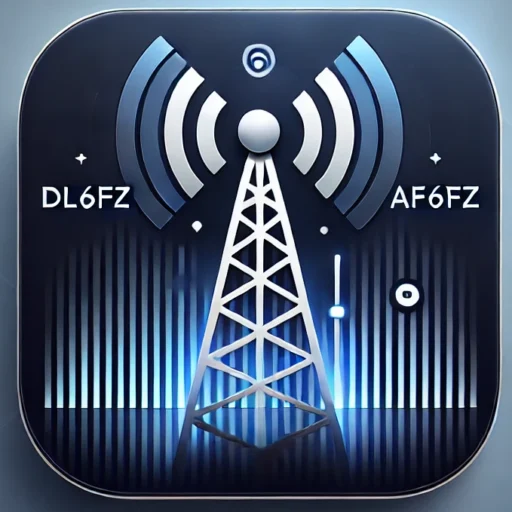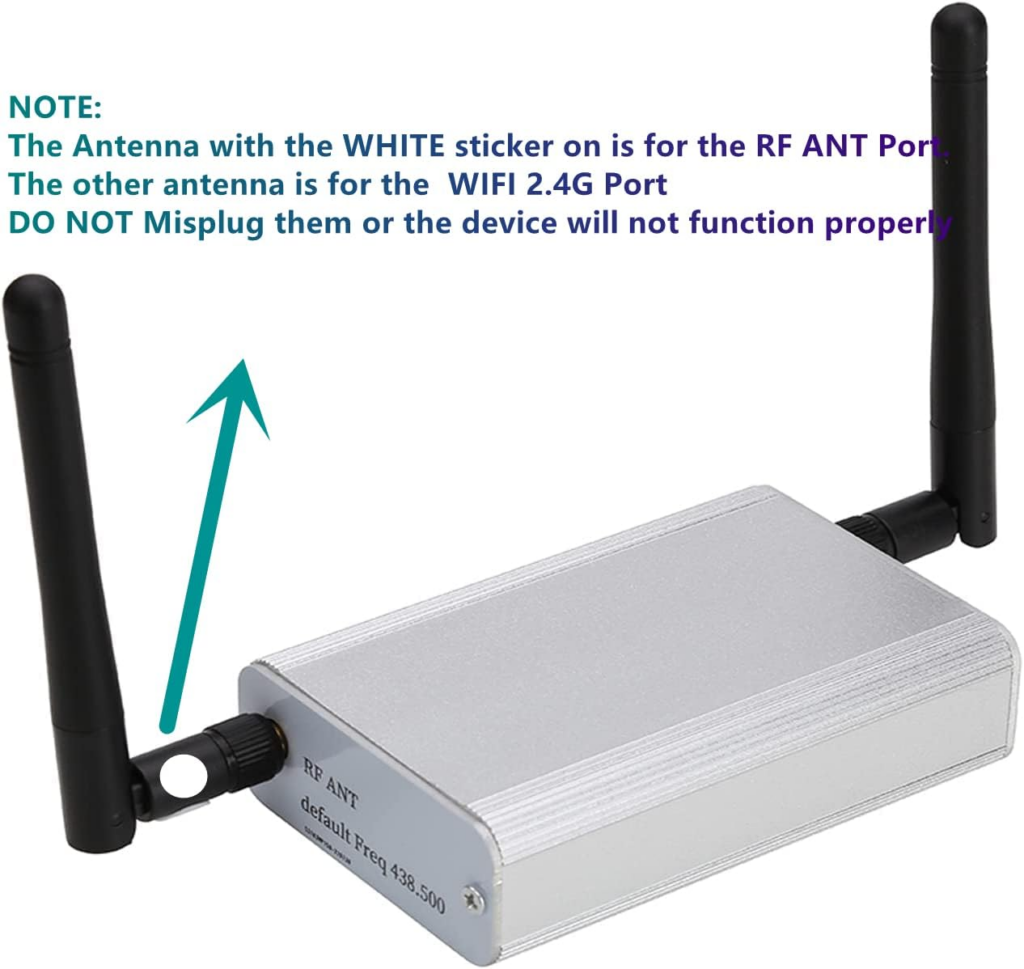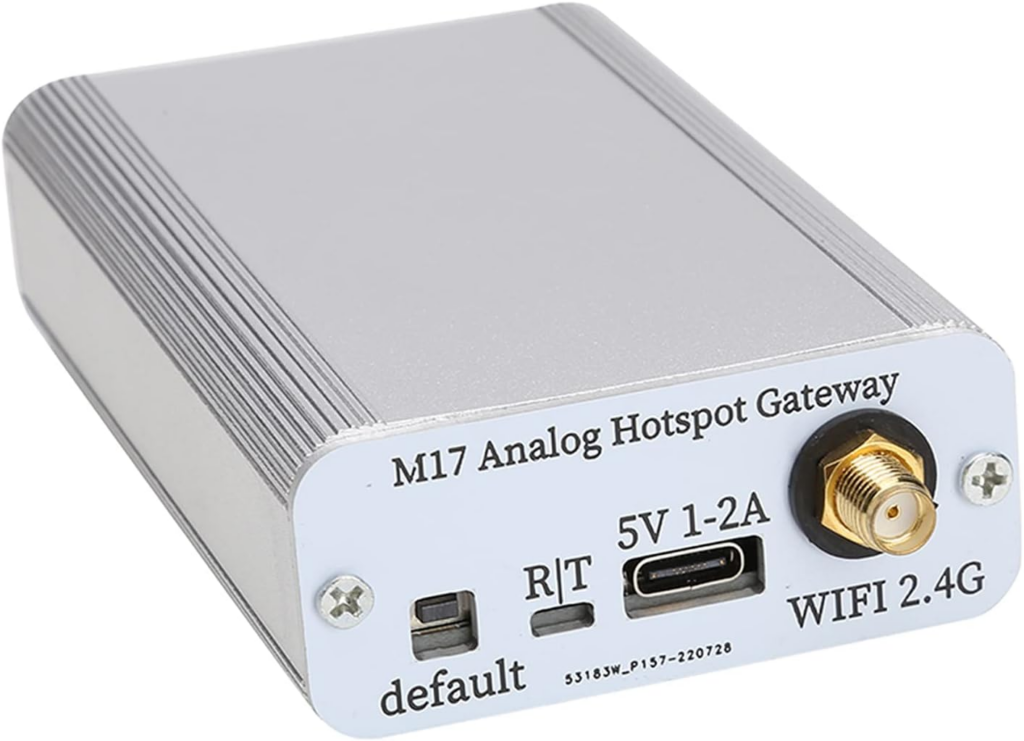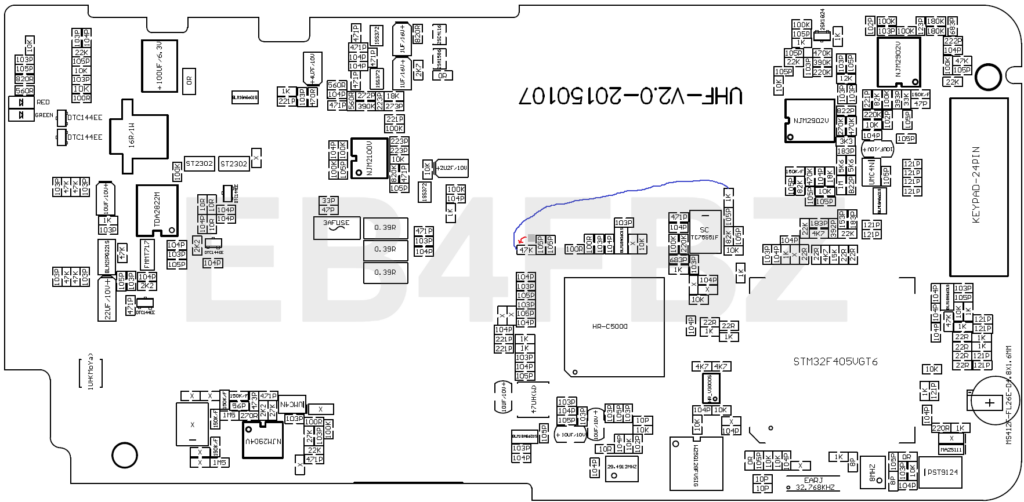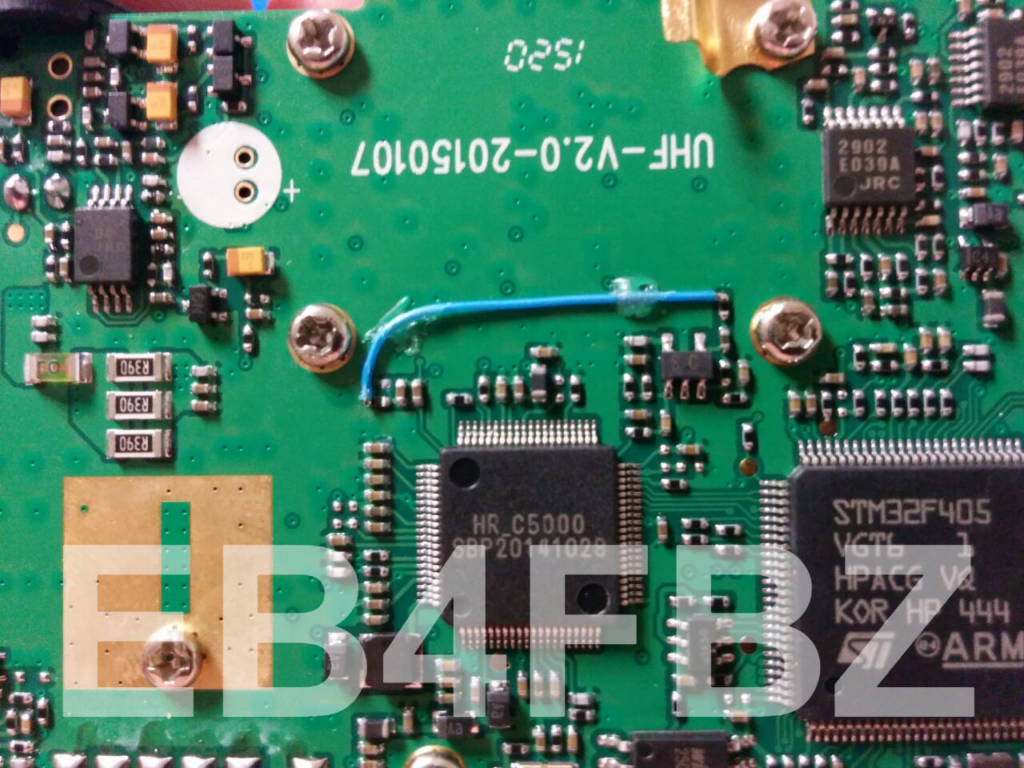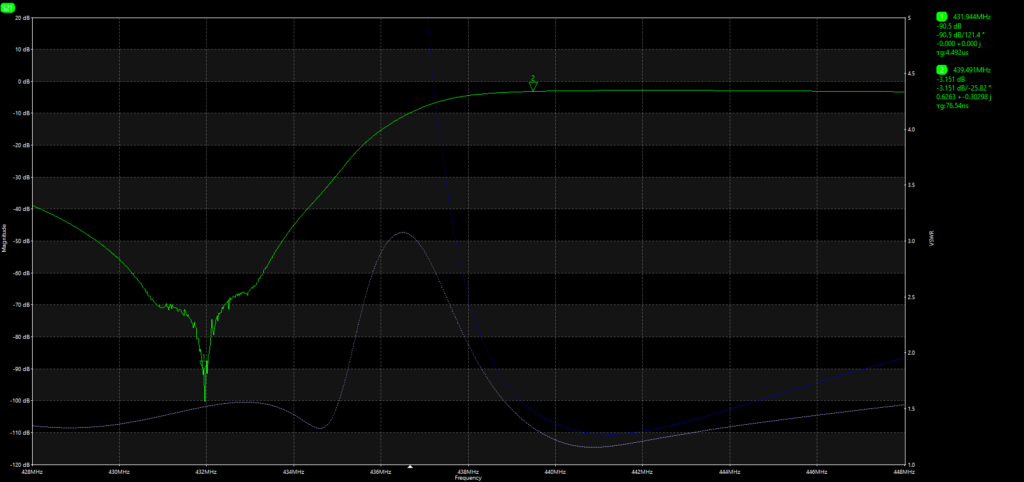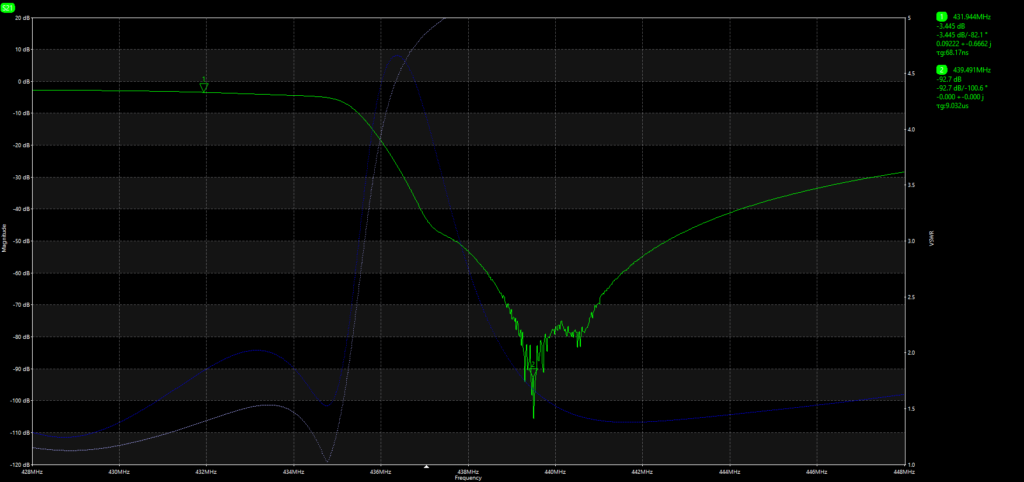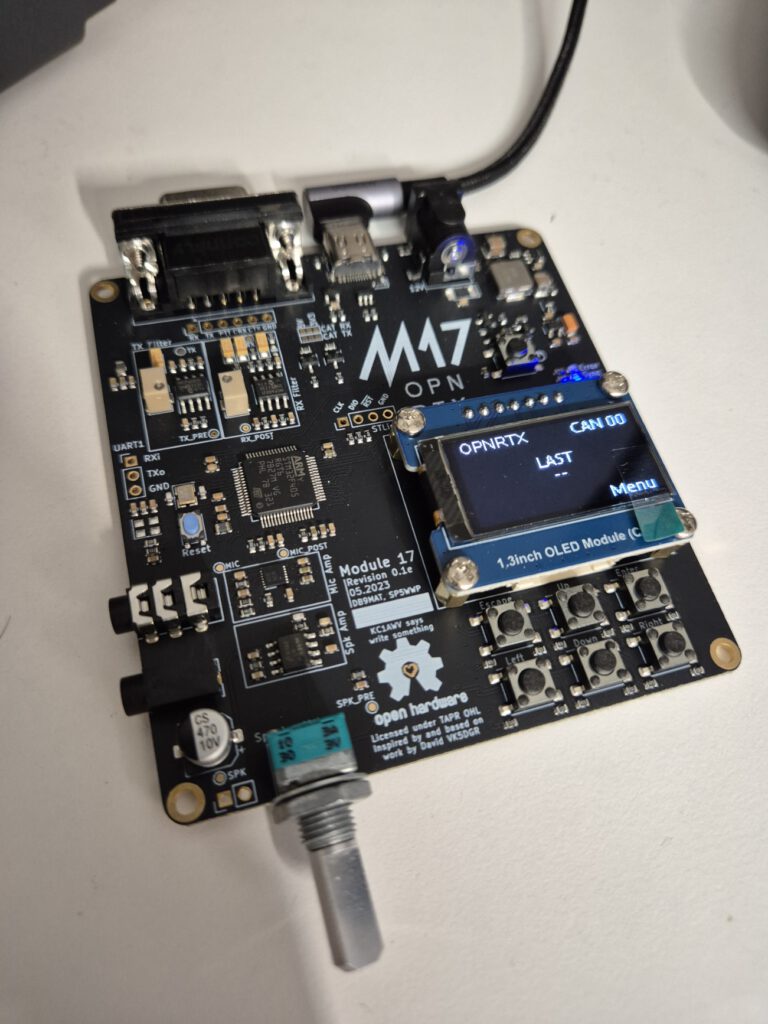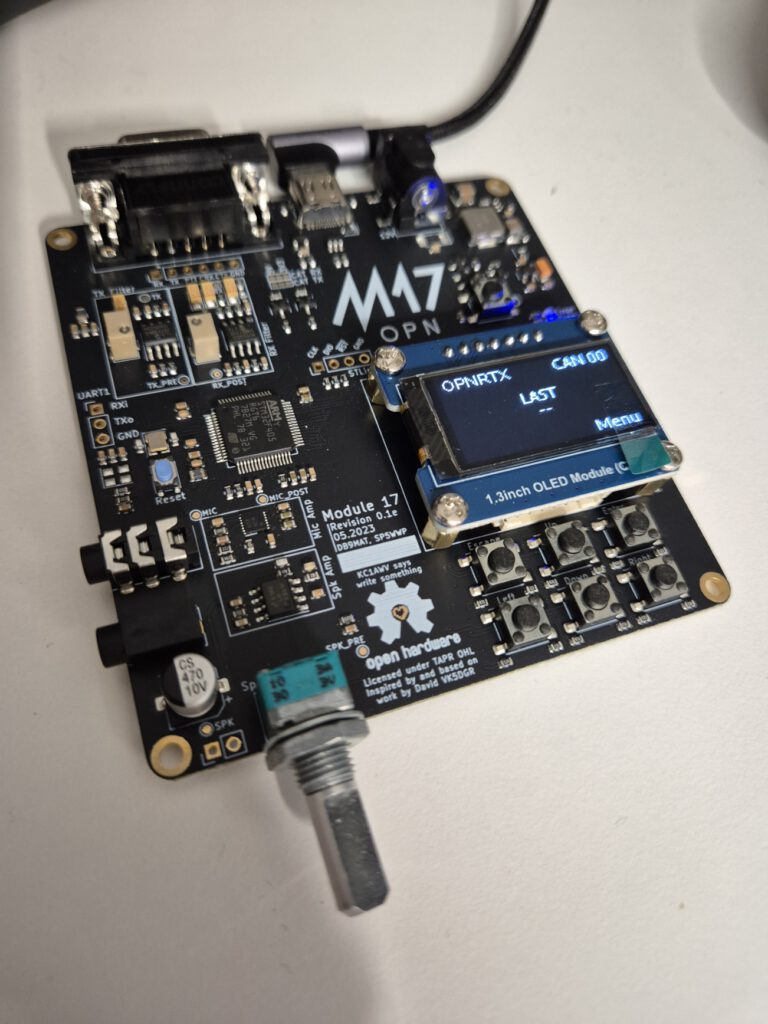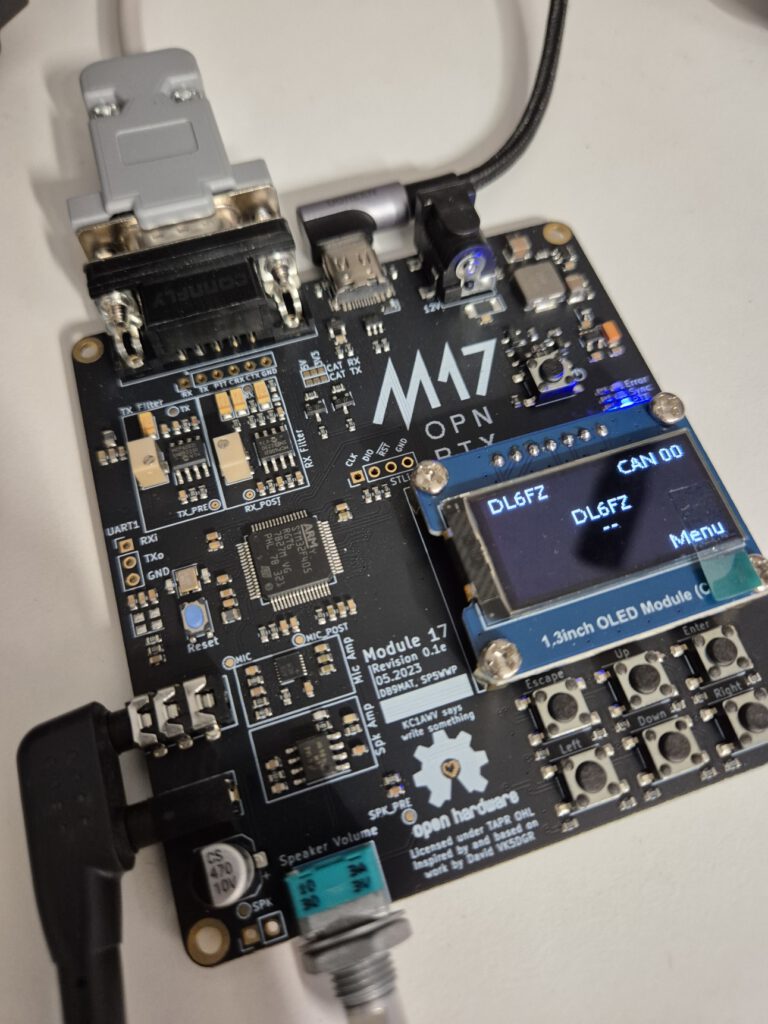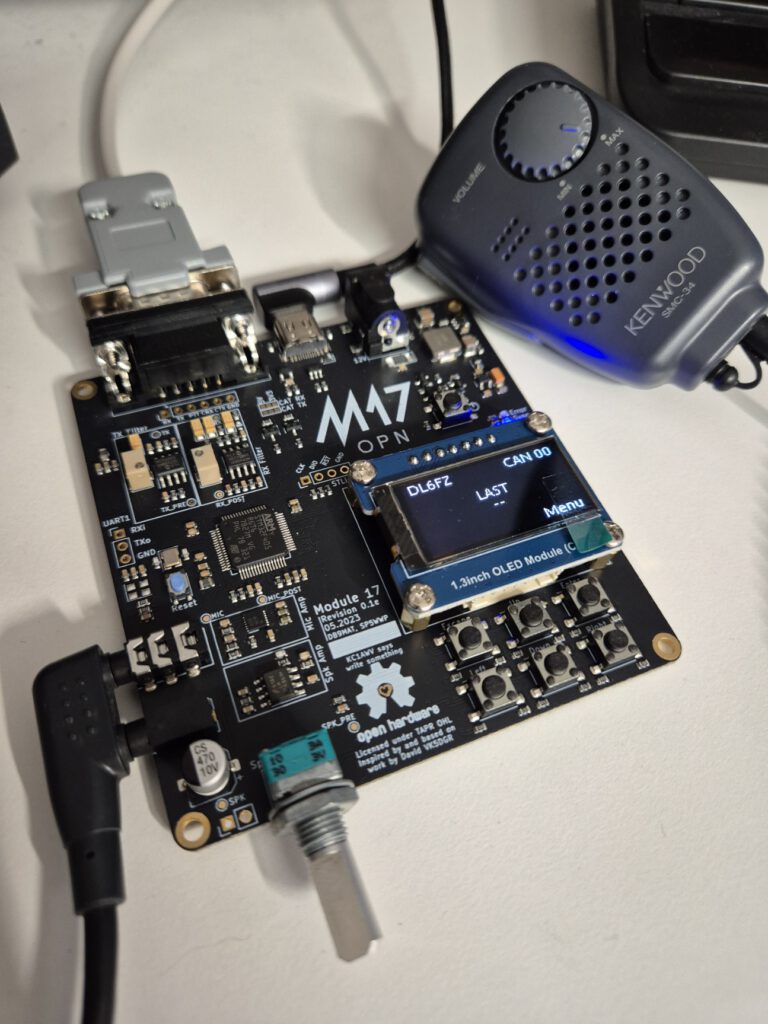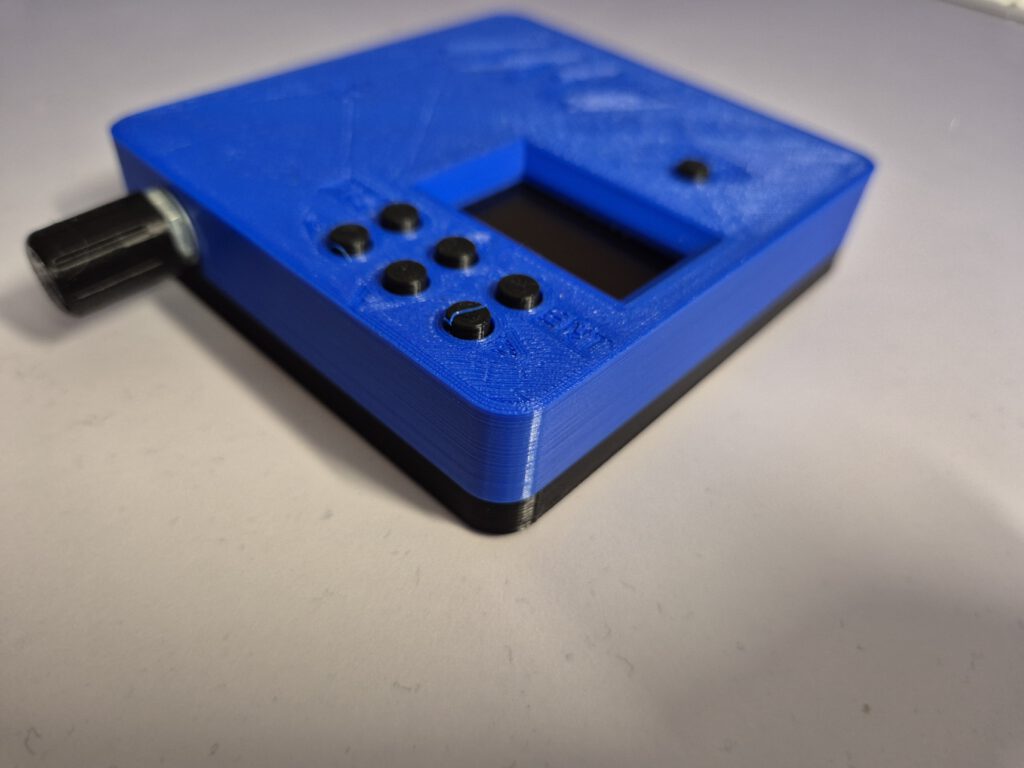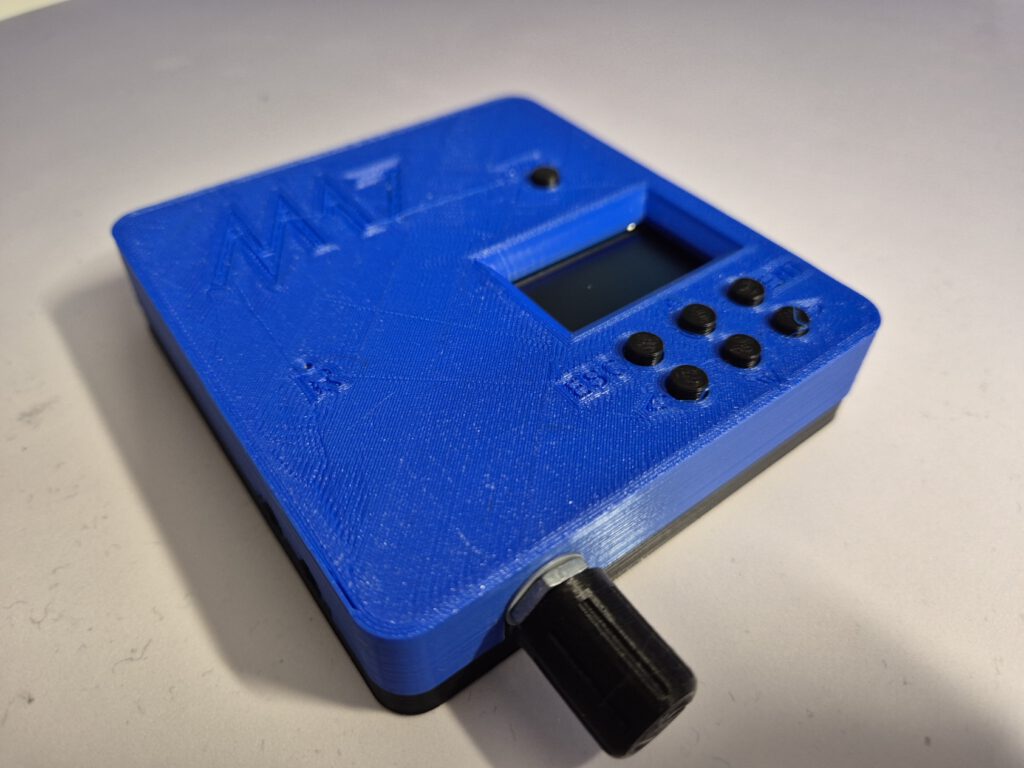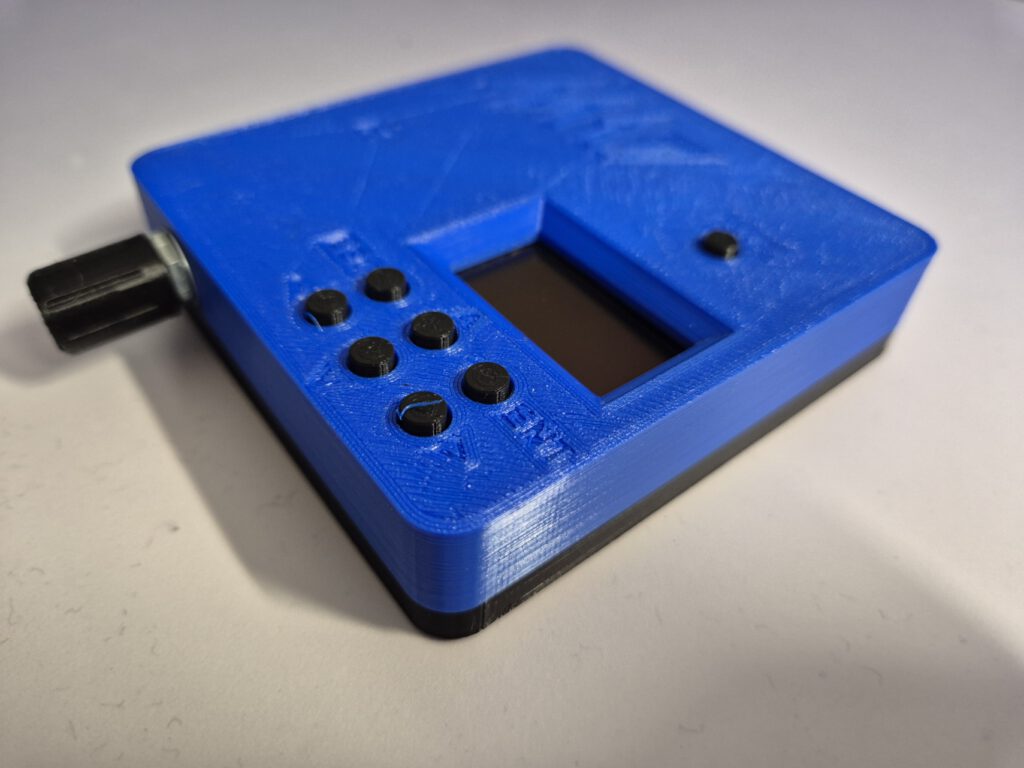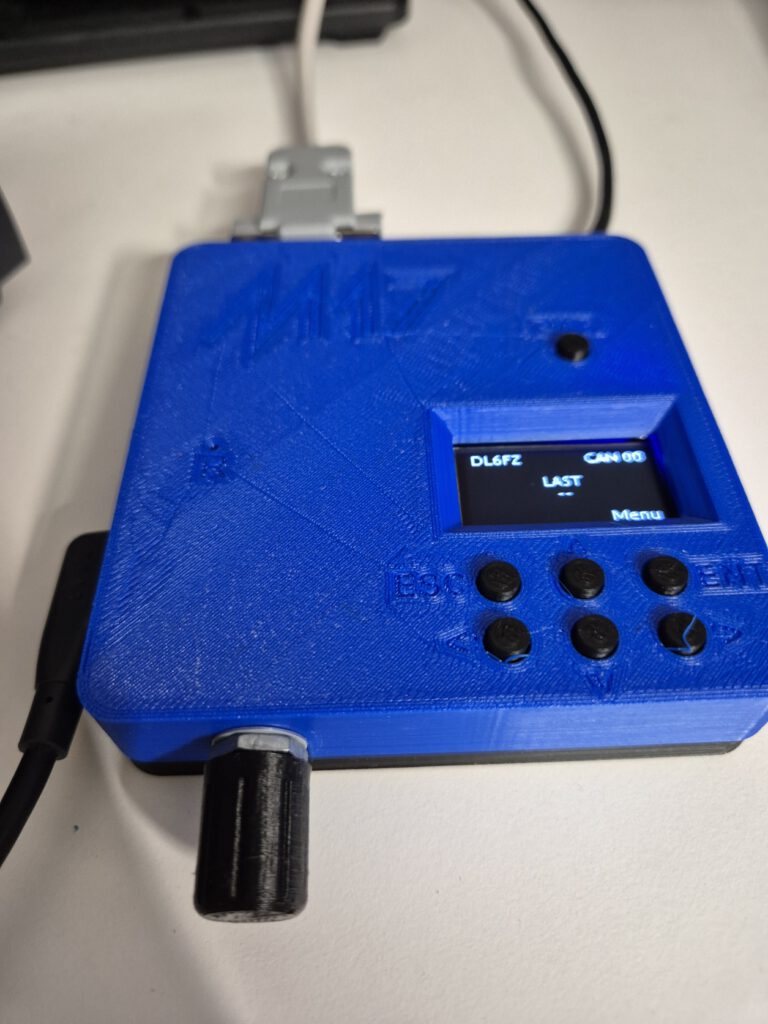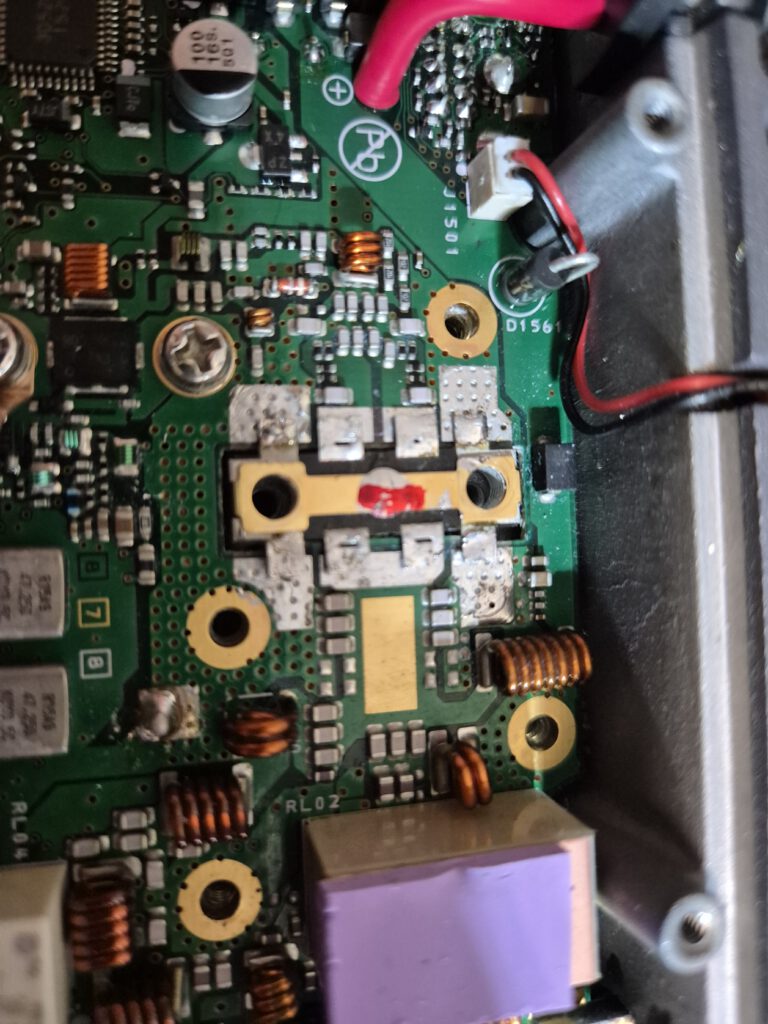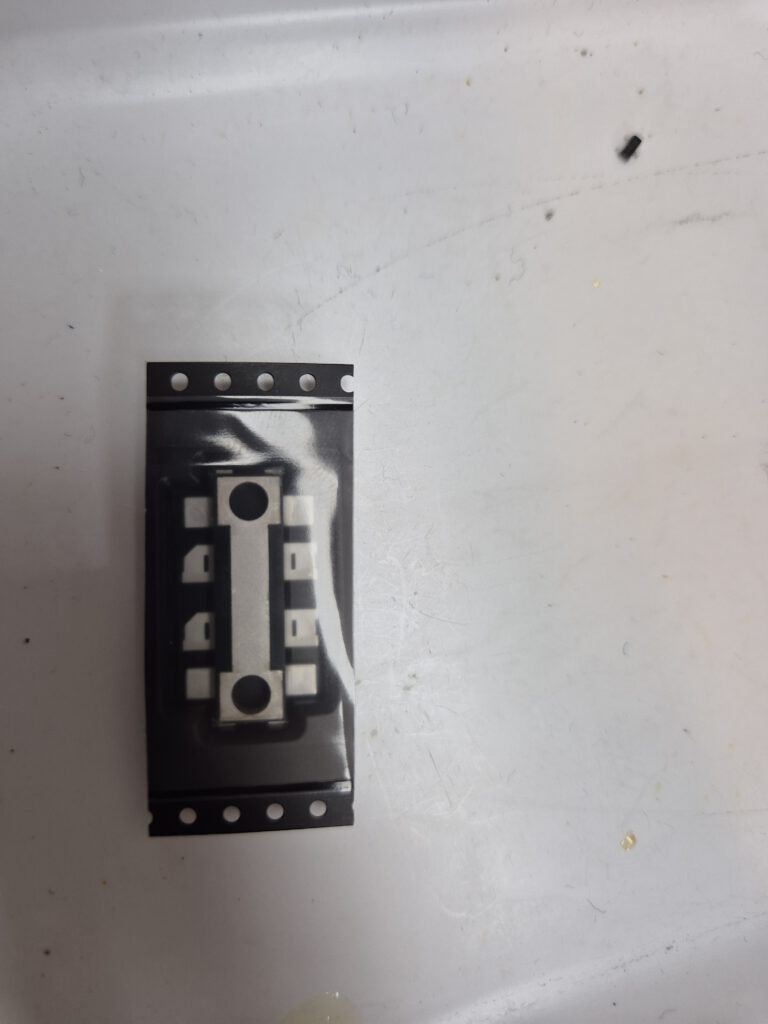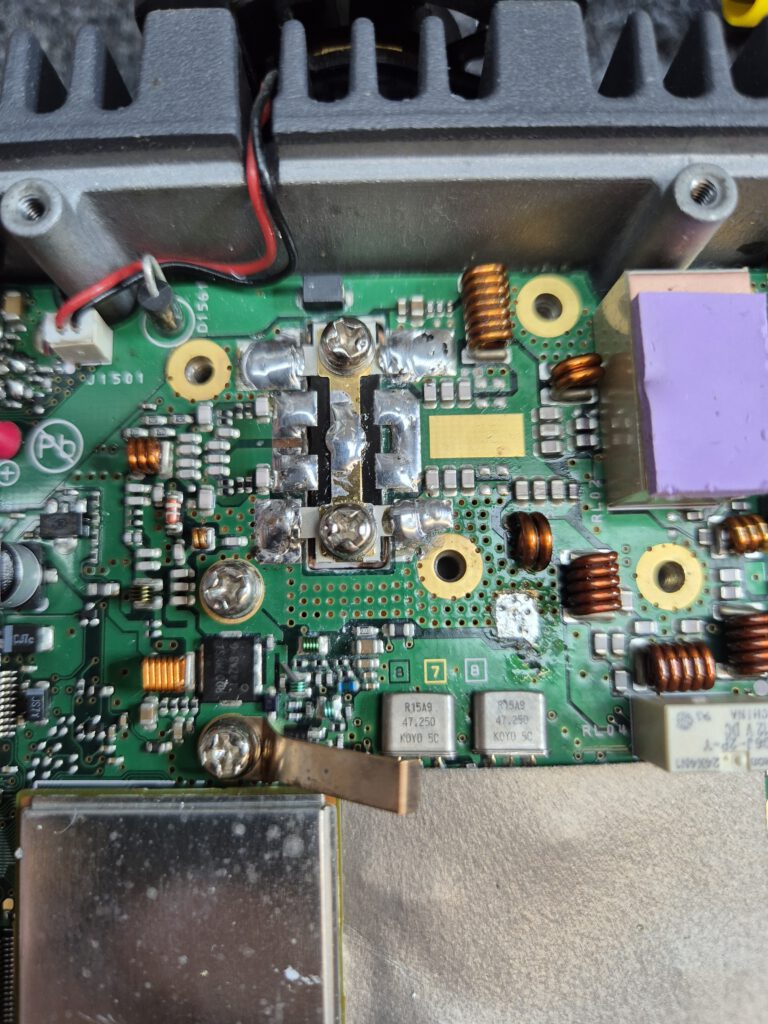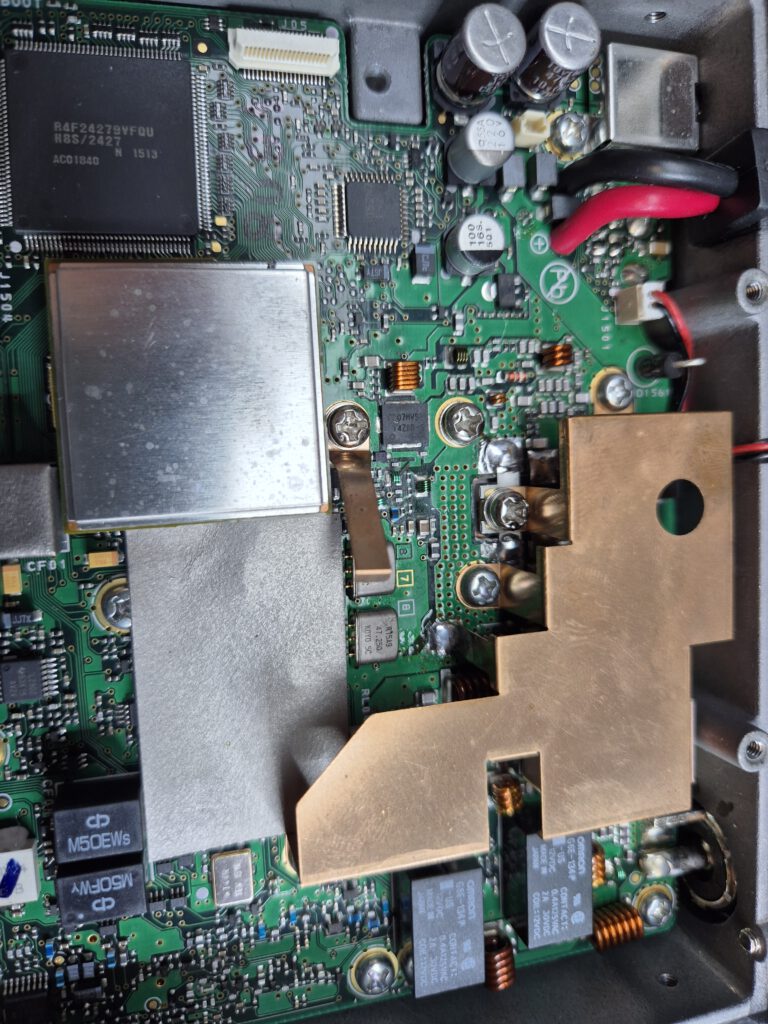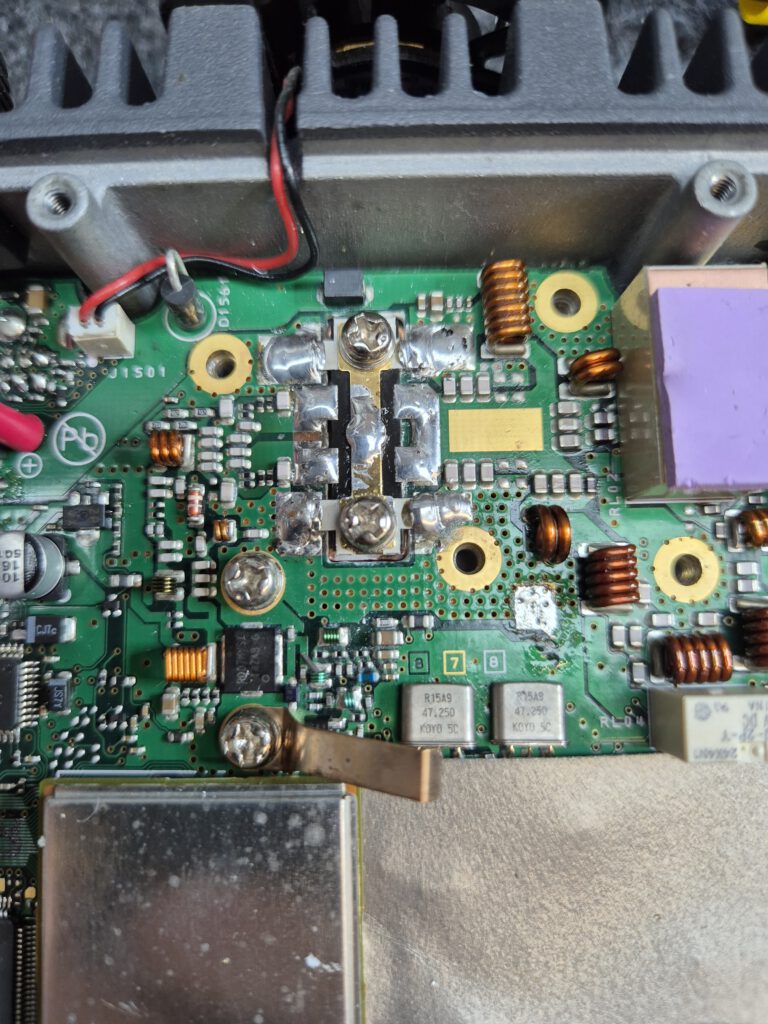As a passionate HAM radio operator, I, Daniel Dibbets, proudly operate under the callsigns AF6FZ and DL6FZ. These two identifiers represent my dedication to the art and science of amateur radio communication, serving as a bridge between communities, frequencies, and enthusiasts around the globe.
Whether engaging in DXing, sharing knowledge, or participating in contests, I am committed to fostering global connections, advancing technical innovation, and contributing to the rich tradition of amateur radio. Operating with AF6FZ and DL6FZ allows me to connect with fellow operators across different bands and regions, embodying the spirit of curiosity and collaboration that makes HAM radio so rewarding.
Join me on the airwaves as I continue to explore new frequencies, share experiences, and expand the horizons of HAM radio under the callsigns AF6FZ and DL6FZ!
Kind regards and 73s,
Daniel de DL6FZ / AF6FZ

